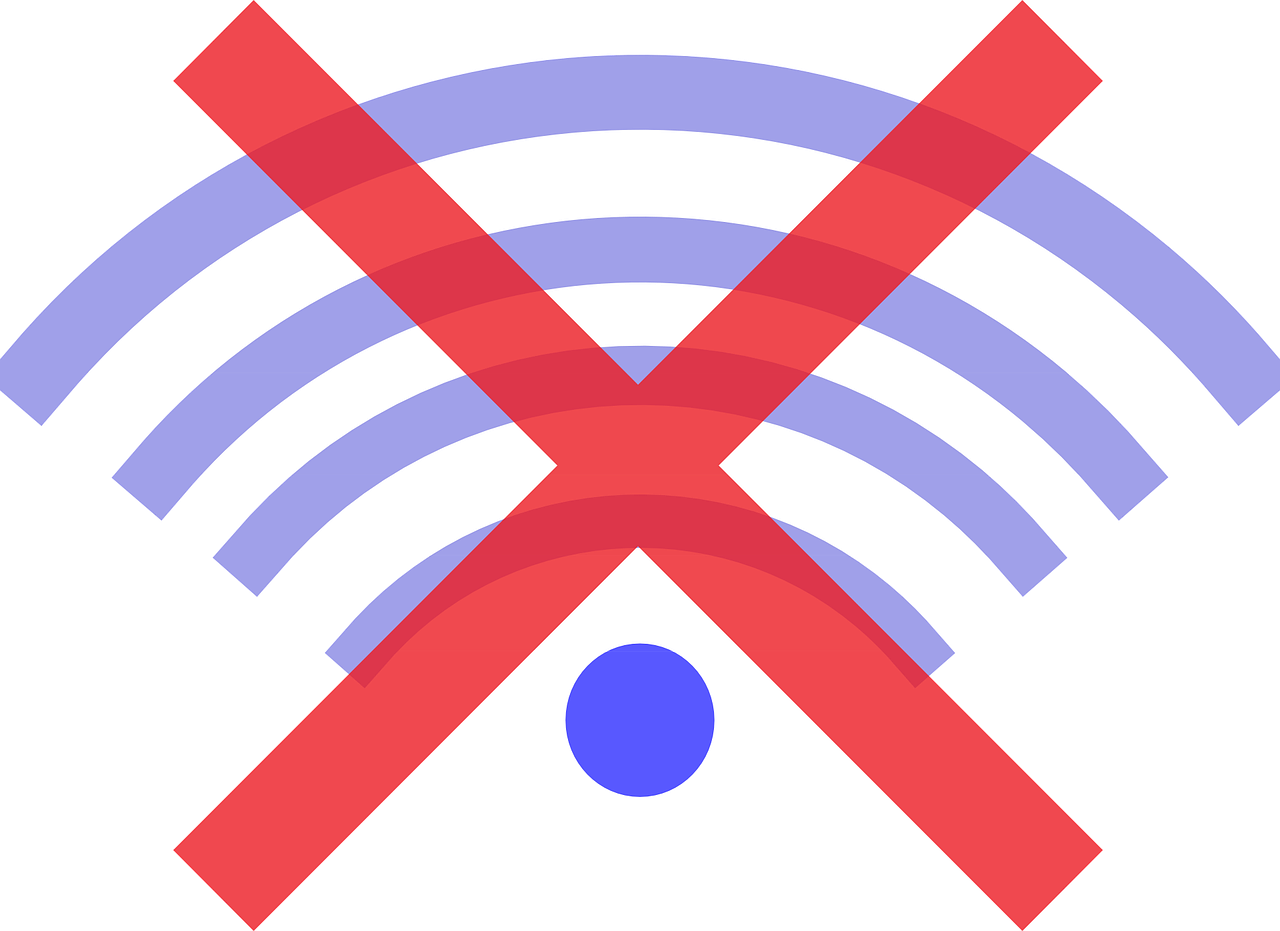Mobile phone technology has continued to improve almost every area of human life around the globe. Currently, this wonder device can support multiple purposes, that the “phone” part of its name tends to be a reductive misnomer.
However, this device is only as good as its speed and internet coverage. Take the internet away, and you remain with a useless plastic slab. That’s where offline apps step in to keep your users’ experience uninterrupted. But to gain full advantage of these apps, you need to adopt several practices. Read on:
The best offline-first apps practices
For you to reap significant benefits from these apps, be sure to do the following:
1. Cache or enable background refresh
Does your app have time-sensitive data (think social platform and news apps)? Background refresh capabilities enhance auto-updates of information in advance, saving the user the headaches that come with spotty internet.
Additional caching is beneficial for apps whose data requirements are not that high. With it, your website’s assets can be downloaded and stored to the user’s local storage temporarily when there’s enough internet coverage. That way, they can load the pages quickly even when there’s an internet blackout.
2. Pin-point the non-negotiables
Which are those features that users can’t access without the internet? Think location services. Alert or message your users about these features and their internet demand. That way, they’ll understand your product’s limitations when offline.
3. Optimize files
Large files need a longer time for the server and user to generate the content and render it, respectively. So optimize your files to the correct resolution size to avoid disruption of services.
Always use PNG, JPEG, and Webp files. BMP and TIFF image files are the most notorious file types, so avoid them.
4. Brace yourself for conflicts
Let’s face it: merging and overriding all changes (except the last online session of a user) is easier said than done. The best approach here is to let your users know when you’re facing unavoidable conflicts.
Then weigh several options regarding handling these conflicts: do you want your users to choose the version to keep? Or will you go ahead and enforce the “last write win” rule? Whatever your decision, be sure you’re doing it gracefully.
5. Update carefully
Slow — or too frequent — updates are a sure way of frustrating your users, as more conflicts may crop up. So be sure you’re not guessing what and when to update — be strategic.
Avoid uploading anything and everything you can think of to the server. You don’t want the uploading time to take centuries. Neither do you want the server to run out of storage.
The benefits of building an offline app
It’s a no-brainer that going “offline-first” can help you gain a competitive edge and user loyalty. Here’s how:
1. Poor connectivity? Don’t worry
“Offline-first” apps take internet disruption out of the equation for your users. This keeps your user experience intact, even in areas with limited data connectivity.
2. Roaming costs or data usage? Not today
If your users are ardent tourists or travelers, they can now say goodbye to expensive data networks. Offline apps allow them to temporarily keep enjoying the services as they plan on the best internet service package. Furthermore, offline modes allow your users to save data.
3. Quick loading speeds
In today’s busy world, your users’ attention span is getting shorter. So no one wants an app that takes ages to load — it disrupts their experience.
With offline-first apps, the features can load seamlessly and quickly, regardless of internet coverage. After all, some users may fail to recognize the poor network connectivity and blame the app for poor performance. You don’t want to take the blame, so go offline-first.
The upshot
As mobile phones continue to advance their game, internet connectivity seems to be lagging in many places and circumstances. Here’s where offline apps step in to save the situation. Whether your users are ardent tourists, technicians working in remote areas, or people on minimal data plans, you don’t have to worry anymore.
Are you looking for the latest tips and insights that will help you stay on top of the competition in developing and marketing apps? Mobile Growth Association has your back.
{{cta(’90aff719-793c-411a-a5a7-fe13b0163a72′,’justifycenter’)}}





 0
0



